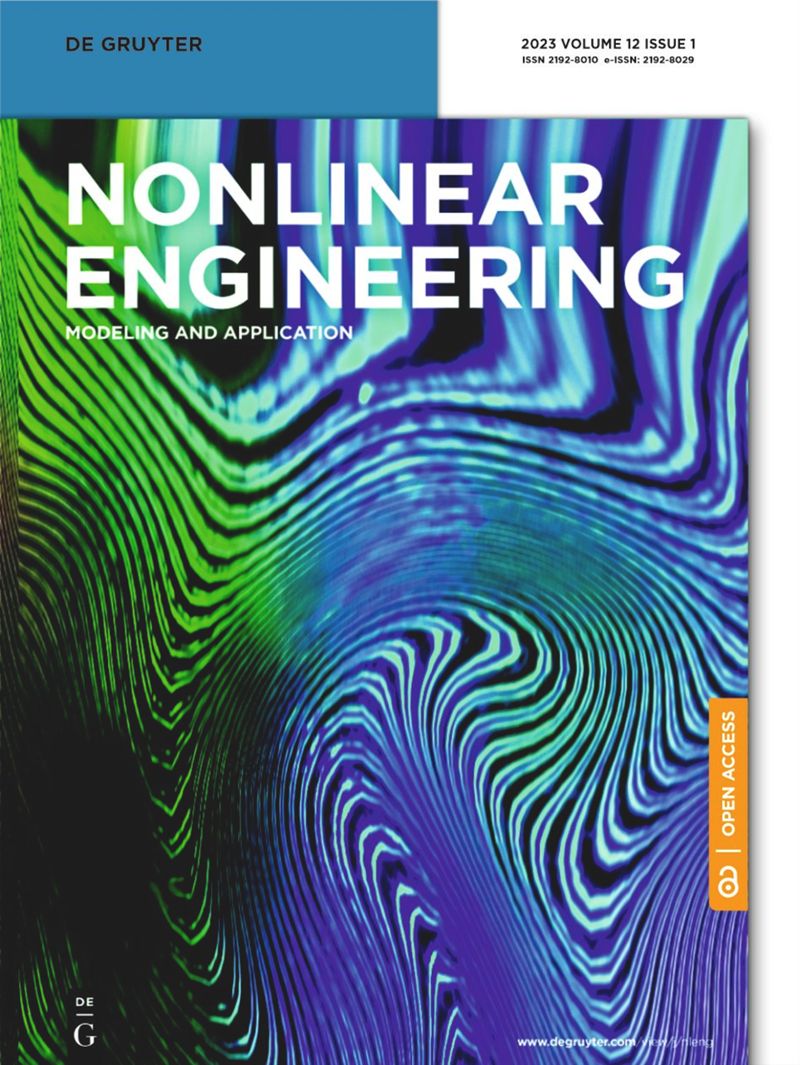Video face target detection and tracking algorithm based on nonlinear sequence Monte Carlo filtering technique
IF 1.5
Q2 ENGINEERING, MECHANICAL
引用次数: 0
Abstract
Abstract In order to achieve facial object detection and tracking in video, a method based on nonlinear sequence Monte Carlo filtering technology is proposed. The algorithm is simple, effective, and easy to operate, which can solve the problems of scale change and occlusion in the process of online learning tracking, so as to ensure the smooth implementation of learning effect evaluation. Experimental methods should be added to the article summary section. The results show that the algorithm in this study outperforms the basic KCF in terms of evaluation accuracy and success rate, as well as outperforms other tracker algorithms in benchmark, achieving scores of 0.837 and 0.705, respectively. In terms of overlapping accuracy, the reason why this study’s algorithm is higher than KCF is that this study determines the tracking status of the current target by calculating the primary side regulated (PSR) value when the target is obscured or lost, which does not make the tracking error to accumulate. The tracking algorithm in this study is not ranked first in the two attributes of motion blur and low resolution, but the rankings of all other nine attributes belong to the first. Compared with the KCF algorithm, the accuracy plots for the three attributes of scale change, occlusion, and leaving the field of view are improved by 10.26, 13.48, and 13.04%, respectively. Thus, it is proved that the method based on nonlinear sequence Monte Carlo filtering technology can achieve video facial object detection and tracking.基于非线性序列蒙特卡罗滤波技术的视频人脸目标检测与跟踪算法
摘要为了实现视频中人脸目标的检测与跟踪,提出了一种基于非线性序列蒙特卡罗滤波技术的人脸目标检测与跟踪方法。该算法简单有效,易于操作,能够解决在线学习跟踪过程中的尺度变化和遮挡问题,从而保证学习效果评估的顺利实施。实验方法应添加到文章摘要部分。结果表明,本研究算法在评估准确率和成功率方面优于基本KCF,在基准测试中优于其他跟踪算法,得分分别为0.837和0.705。在重叠精度方面,本研究算法之所以高于KCF,是因为本研究通过计算目标被遮挡或丢失时的初级侧调节(primary side regulated, PSR)值来确定当前目标的跟踪状态,不会使跟踪误差累积。本研究中的跟踪算法在运动模糊和低分辨率这两个属性上并没有排名第一,但其他九个属性的排名都属于第一。与KCF算法相比,尺度变化、遮挡和离开视场三个属性的精度图分别提高了10.26、13.48和13.04%。从而证明了基于非线性序列蒙特卡罗滤波技术的方法可以实现视频人脸目标的检测与跟踪。
本文章由计算机程序翻译,如有差异,请以英文原文为准。
求助全文
约1分钟内获得全文
求助全文
来源期刊
CiteScore
6.20
自引率
3.60%
发文量
49
审稿时长
44 weeks
期刊介绍:
The Journal of Nonlinear Engineering aims to be a platform for sharing original research results in theoretical, experimental, practical, and applied nonlinear phenomena within engineering. It serves as a forum to exchange ideas and applications of nonlinear problems across various engineering disciplines. Articles are considered for publication if they explore nonlinearities in engineering systems, offering realistic mathematical modeling, utilizing nonlinearity for new designs, stabilizing systems, understanding system behavior through nonlinearity, optimizing systems based on nonlinear interactions, and developing algorithms to harness and leverage nonlinear elements.

 求助内容:
求助内容: 应助结果提醒方式:
应助结果提醒方式:


